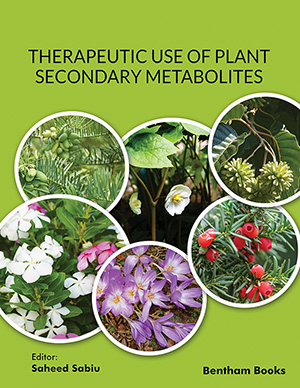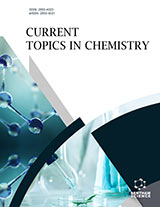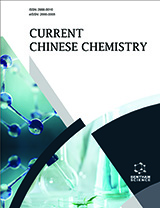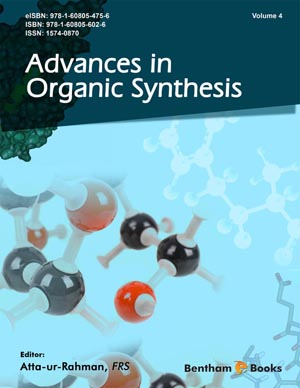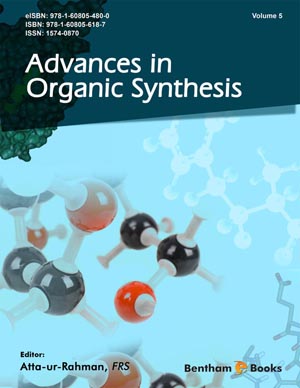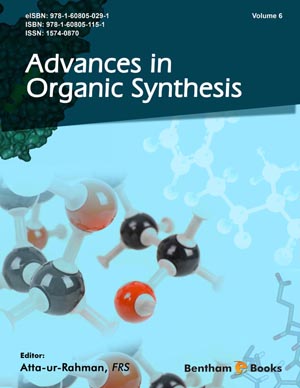Abstract
This study highlights the significance of drug resistance towards difficulties in the treatment of infectious diseases, the essence of bioactive compounds in therapeutic intervention, and the unique approach employed by bioactive compounds away from conventional synthetic drugs. Literature was gathered from different online databases to retrieve the required information. Bacterial resistance to antibiotics is a major concern that threatens clinical efforts in treating bacterial infections. This has grossly reduced clinical success on previously curable infections and/or sometimes results in a prolonged hospital stay. Antibiotics provide protection and remedy against infectious diseases. But the emergence of multi-drug resistance strains has inflicted untold loss of effectiveness on virtually every conventional antibiotic. Hence, scientific communities are propelled into seeking alternative therapies in a bid to mitigate the overwhelming consequence on public health. Bioactive molecules are important sources of newly derived therapeutic agents. They have minimal likelihood of inducing unintended immune reactions, reduced level of toxicity; are structurally diverse in nature, exhibit broad-spectrum therapeutic effects. Bioactive molecules are commonly present in small amounts in plant-based foods; and provide health benefits in addition to the basic nutritional values expected in foods. Several plant-based bioactive principles serve as inhibitors for drug resistance in order to enhance the effective delivery of the antibacterial compounds. Meat products are a good source of non-plant bioactive molecules, which are expressed in the form of peptides, vitamins, minerals and fatty acids. Other important sources include endophytic bacteria, endophytic fungi, probiotic bacteria, actinomycetes and marine organisms. Natural products are relatively safe when compared to their synthetic counterparts. As newly manufactured potent antibiotics become increasingly unavailable and/or unaffordable, bioactive compounds present viable alternatives. They are readily available and are derived from inexpensive raw materials via cheap technology.
Keywords: Alkaloids, Antimicrobials, Bacteriocins, Natural products, Phenols, Super burgs.


